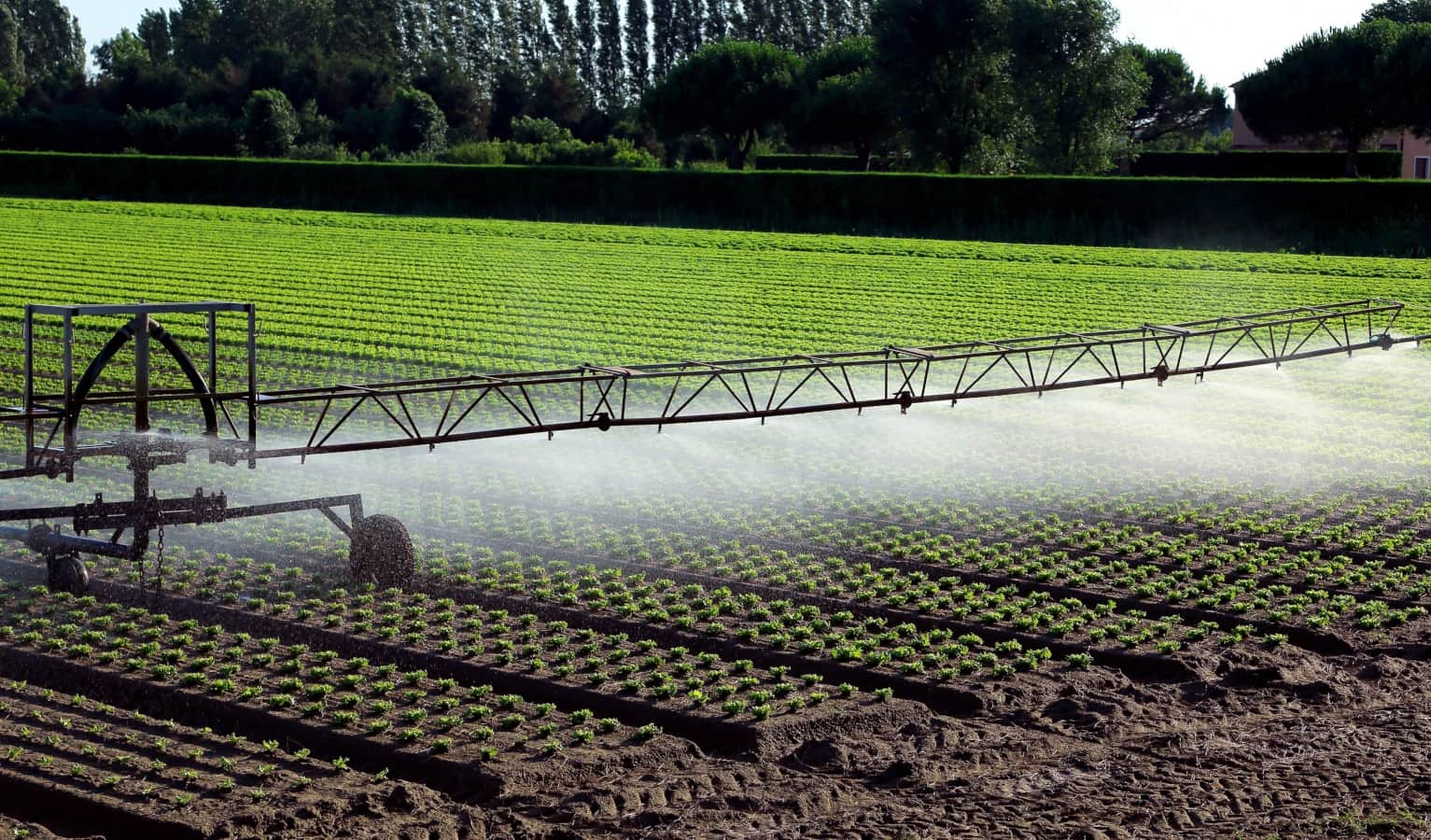GRACE Communications Foundation recently released new tools to help consumers, students, researchers, and policymakers understand the water footprint of food.
The two tools—a quiz and resource guide—offer information about the amount of water it takes to produce food, also known as a water footprint. The Water Footprint of Food Quiz, composed of seven questions, tests people’s understanding of the relationship between food and water. The Water Footprint of Food Guide classifies the water footprint of more than 100 food and beverage items.
“Most people have a general sense that it takes water to produce the food that they eat every day,” Kai Olson Sawyer, Senior Research and Policy Analyst at GRACE, tells Food Tank, “but they don’t really have a concept of how much water it takes, and it really takes a huge amount of water. Whether it’s irrigation, rainfall, and even pollution, all these things come together to make up the water footprint of a single food item.”
A food’s water footprint consists of three components. The blue water footprint is defined as the total amount of irrigation water extracted from reservoirs and rivers. The green water footprint, which makes up the largest percentage of a food’s water footprint, is the total rainwater that is either directly incorporated by plants or stored in the soil. The gray water footprint is the amount of freshwater used to dilute waste from fertilizers and/or pesticides. Together, these components equal the total water footprint of a product.
The Water Footprint of Food Guide breaks down each component of an item’s water footprint and reveals whether that food’s footprint is large, medium, or small. Fava beans, for example, have a small water footprint at 20 gallons per four ounce serving. Beef has a large water footprint at 463 gallons per four ounce serving.
The Water Footprint of Food Guide and Quiz also help bring attention to the unseen ways water is used for food production. For example, irrigated water is used to wash industrial barns, dilute pollution caused by fertilizer, and keep nut trees alive even when they are fallow.
Choosing sustainable, diverse diets with higher green water footprints can help reduce an eater’s overall water footprint. Olson Sawyer explains that industrially produced beef and lamb have high blue water footprints because of the irrigated water used to produce corn and soy-based feed. Pasture-raised livestock, on the other hand, eat forage, which relies on rainwater and creates less strain on water supplies.
Regenerative or sustainable agriculture practices can increase water retention of soil, and result in less runoff of fertilizers and pesticides, Olson Sawyer says. This means the soil can hold more water for plant growth while reducing pollution.
Drought and extreme heat waves, intensified by climate change, will continue to impact water scarcity unless action is taken to conserve and reduce water use. By 2025, the U.N. Food and Agriculture Organization (FAO) expects that 1.8 billion people will live in countries or regions with absolute water scarcity. Globally, 70 percent of irrigated water is used to produce food, according to World Bank estimates.
The complex relationship between water, energy, and agriculture can make the reduction in water consumption seem daunting. Olson Sawyer tells Food Tank the easiest way for people to reduce their water footprint is to waste less food. “Food waste is water waste.”
Articles like the one you just read are made possible through the generosity of Food Tank members. Can we please count on you to be part of our growing movement? Become a member today by clicking here.













